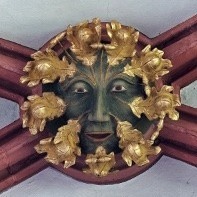Your zone focus settings for the m10
-
Recently Browsing 0 members
- No registered users viewing this page.
-
Similar Content
-
- 9 replies
- 658 views
-
- 6 replies
- 629 views
-
- 67 replies
- 5,367 views
-
- 15 replies
- 732 views
-
- 220 replies
- 57,276 views
-



Recommended Posts
Join the conversation
You can post now and register later. If you have an account, sign in now to post with your account.
Note: Your post will require moderator approval before it will be visible.